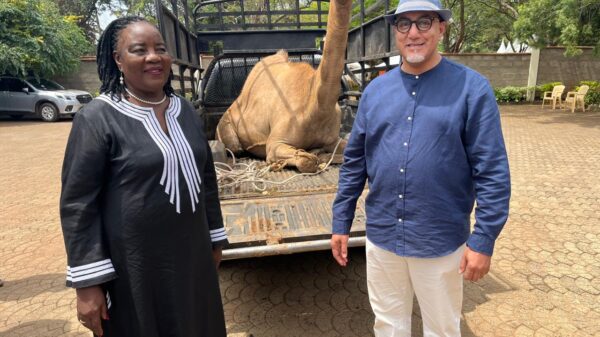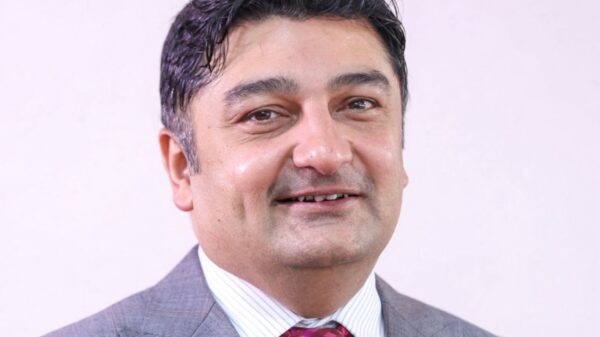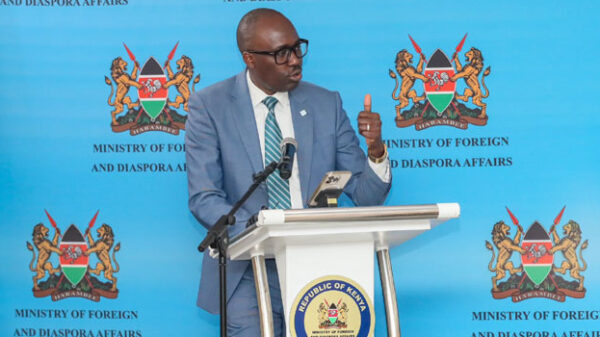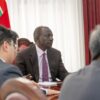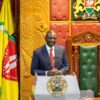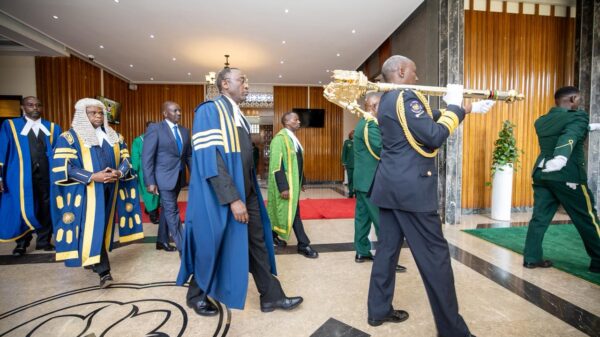NAIROBI, Kenya, Nov 20 — President William Ruto on Thursday placed transport infrastructure at the centre of his administration’s long-term economic transformation plan, unveiling a sweeping blueprint to dual 2,500 kilometres of major highways and tarmac 28,000 kilometres of roads over a 10-year period.
Delivering his State of the Nation Address to a joint sitting of Parliament, Ruto framed the massive expansion as essential for Kenya to match the scale and ambition of the Asian Tigers, countries that overcame poverty through decisive public investment and disciplined national planning.
“The Ministry of Roads and Transport have already mapped out a comprehensive network of 2,500 kilometres of highway for dualling and 28,000 kilometres of road to [be] tarmacked over the next 10 years,” he said.
“History teaches us that nations rise on the strength of transport and logistics.”
Ruto confirmed that dualled highways will be rolled out across the country’s busiest and most economically active corridors, easing congestion, reducing transport costs, and linking Kenya’s regions to global markets.
On Friday, he will launch the dualling of the 170-kilometre Rironi–Nakuru–Mau Summit highway and simultaneously break ground on the 58-kilometre Rironi–Mai Mahiu–Naivasha road, both routes he said have long endured crippling gridlock.
Other major corridors earmarked for dualling include Mau Summit–Molo–Kericho–Kisumu, Eldoret–Malaba, Athi River–Namanga, Karatina–Nanyuki, Makutano–Embu–Meru, Malindi–Mombasa–Lunga Lunga, Kericho–Kisii–Migori–Isebania, and Nakuru–Nyahururu–Karatina–Kiganjo–Nanyuki, while urban expansions will cover Ngong Road, Bulbul–Kiserian, Kikuyu Bypass, and other township arteries.
Rail and power projects
He further announced that the Standard Gauge Railway extension from Naivasha to Kisumu and eventually Malaba will begin in January, forming part of a multi-modal transport overhaul designed to cement Kenya’s status as the region’s logistics hub.
“Efficient transport and logistics are the backbone of our competitiveness. They accelerate national development, connect products to markets, move goods and services, lower the cost of doing business, and reinforce Kenya as the aviation and commercial capital of East and Central Africa,” Ruto said.
The ambitious roads and logistics agenda is part of Ruto’s broader four-pillar national strategy, which also prioritizes human capital development, scientific training and innovation, industrial transformation, and agricultural irrigation alongside large-scale energy generation, including an additional 10,000MW within seven years.
Acknowledging Kenya’s tight fiscal position, the President said the mega roads programme will be financed innovatively—not through higher taxes or unsustainable borrowing.
Development financing
The government will establish a National Infrastructure Fund, anchored on the new Government-Owned Enterprises law, to leverage budgeted resources and privatization proceeds to attract private capital through public-private partnerships.
“For every shilling invested from privatization proceeds, we aim to attract 10 shillings from long-term investors,” he said.
Ruto also announced the creation of a Sovereign Wealth Fund to invest royalties from natural resources and privatization proceeds in savings, stabilization, and commercial infrastructure projects.
Drawing parallels with Japan and South Korea, which he said rose not by miracle but through “discipline, leadership, and strategic investment,” Ruto insisted Kenya must embrace long-term ambition.
“We cannot settle for modest progress. This moment demands a refusal to settle for the ordinary,” he said.
He argued that the 28,000-kilometre roads programme, highway dualling, and rail expansion will anchor Kenya’s growth for generations and transform the country into a competitive manufacturing and export hub.
“These four projects are our national imperatives, not because they are easy, but because they are necessary. This is the assignment of our generation.”


